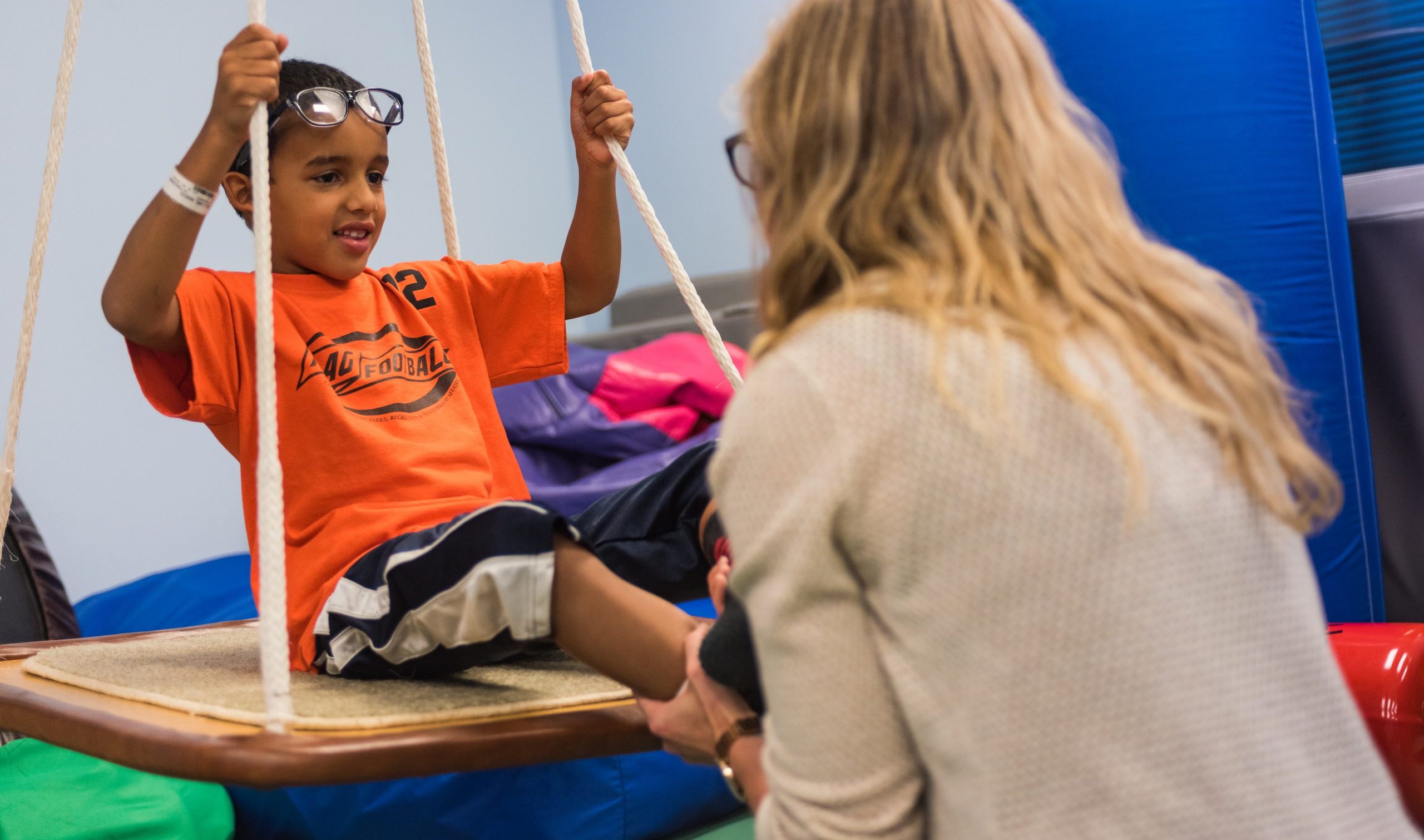What is Autism Spectrum Disorder (ASD)?
Autism Spectrum Disorder (ASD) is a developmental disability that many people in our community, both younger and older, have been diagnosed with. Current CDC statistics indicate that “about 1 in 54 children has been identified with ASD.” Prevalence has increased notably since the early 2000’s. It is likely that you know of somebody diagnosed with ASD, even if you are unaware of their condition.
How is ASD diagnosed?
ASD is diagnosed based on social communication, social interaction, and restricted, repetitive behaviors. Because of some of these factors related to their diagnosis, inclusion has historically been a challenge for many individuals with ASD. The Cambridge Dictionary provides a helpful definition of inclusion that states both “the act of including someone or something as part of a group” and “the idea that everyone should be able to use the same facilities, take part in the same activities, and enjoy the same experiences, including people who have a disability or other disadvantage.” Here at Brooks Rehabilitation, we believe it is one of our responsibilities to promote inclusion for all individuals, including those with ASD.
How can we be more inclusive of people with ASD?
A large amount of the conversation around inclusion for individuals with ASD has been around adding children that may need specific supports or adaptations into a typical classroom. Research has found that inclusion practices can be helpful to all parties involved for decades. One review by Salend and Duhaney suggested that inclusive classrooms do not interfere with test scores and report card grades of students without disabilities, and that students have positive benefits such as “a greater awareness and sensitivity to the needs of others” and “increased acceptance, understanding, and tolerance of individual differences.” There is also more opportunity for friendships between kids with and without ASD as a result of an inclusive environment where children of all different abilities can spend time together and play.
Childhood has many obstacles to overcome for anybody with ASD, but adulthood challenges are commonly overlooked, particularly those related to inclusion. Ensuring adults with ASD have equal opportunity to gain employment, live as independently, and have equal accessibility to various resources (medical, financial) are high areas of concern when it comes to inclusion. At Brooks Rehabilitation Hospital, we have made our own efforts to improve the resources we have available to adults with Autism Spectrum Disorder as we recently created the Brooks Inpatient PADD (Program for Adults with Developmental Disabilities).
What is the Brooks Inpatient Program for Adults with Developmental Disabilities (PADD)?
The PADD is an organized clinical program with an identified team of passionate clinicians that are trained to care for these adults. Our team understands that despite having a condition of childhood, adults with developmental disabilities live very full and meaningful lives. Through our program, we want to get them back to their regular routine. Whether it is engaging the individual in their own interests or learning their unique preferences, every patient’s care is completely personalized. Discharge planning is also customized to whatever the previous living situation may be such as a group home, day program, or home with family. We understand that adults with ASD have both unique strengths and needs, so we adapt to each individual in order to achieve the best rehabilitation outcome.
How to connect
Please reach out to [email protected] if you have any questions!
Resources:
- Salend SJ, Garrick Duhaney LM. The Impact of Inclusion on Students With and Without Disabilities and Their Educators. Remedial and Special Education. 1999;20(2):114-126. doi:10.1177/074193259902000209
- https://www.cdc.gov/ncbddd/autism/data.html
- https://dictionary.cambridge.org/us/dictionary/english/inclusion
- https://www.autismspeaks.org/tool-kit-excerpt/inclusion-ensuring-access-everyone
